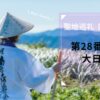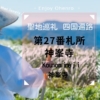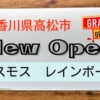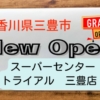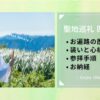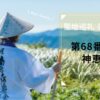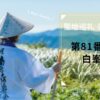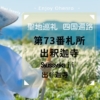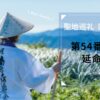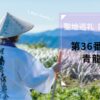【Japan tourism】Shikoku 88 temple pilgrimage trip [No.31] Godaisan Konjikiin Tikurinji
Chikurinji is a sacred place for Monju Bodhisattva. It is the only amulet place in Shikoku sacred grounds that has Monju Bosatsu as its principal image. It is also a treasure trove of cultural assets in the prefecture, and you can overlook Kochi Castle and Urato Bay.
Tikurinji
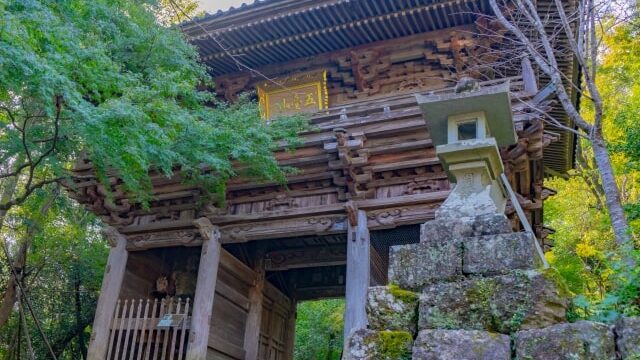
| Principal image | Monju Bodhisattva |
| Honzon mantra | On arahasya nau |
| Denomination | Shingon Buddhism tisan sect |
Place
Temple lodging: none
Phone:088-882-3085
〒781-8125
3577 Godaisan, Kochi City, Kochi Prefecture
Goshuin(red seal)
Please wait a moment until the image is uploaded.
History
In 724 of the Nara period, it is said that Emperor Shomu had a dream of climbing Mount Wutai in Tang, which is known as the sacred place of Manjusri Bodhisattva, and putting his hands together. Emperor Shomu ordered Gyoki to travel around the country and search for places similar to Mount Godai in Tang.
Gyoki, who visited this place on a small mountain near the sea of Kochi Plain, felt that it was suitable for a sacred place. It is said that he carved a statue of Monju Bodhisattva and built a temple with it as the principal image, and founded Chikurinji.
After that, Kobo Daishi stopped by from 806 to 810 and restored the dilapidated pagoda and established it as a sacred place.
During the Edo period, the Yamauchi family, the lords of the Tosa domain, devoted themselves to the temple and prospered. It was also the center of learning and culture in Tosa, where scholar monks gathered.
Junshin, who is sung as the monk who buys hairpins in the Tosa folk song “Yosakoi Bushi", is a wakibo priest of this temple.
Highlight
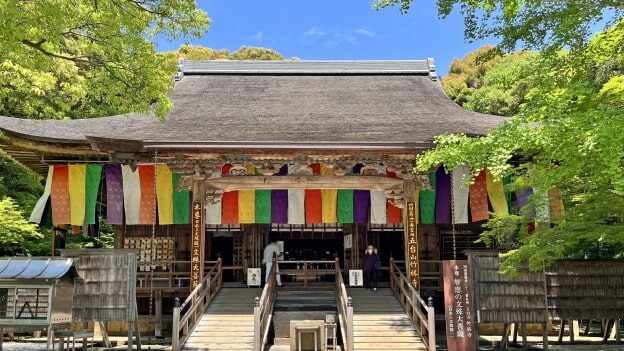
【main holl】The main hall with its persimmon thatched roof was built in the early Edo period and is designated as a national important cultural property.
It is called “Monjudo" because it enshrines Monju Bodhisattva.
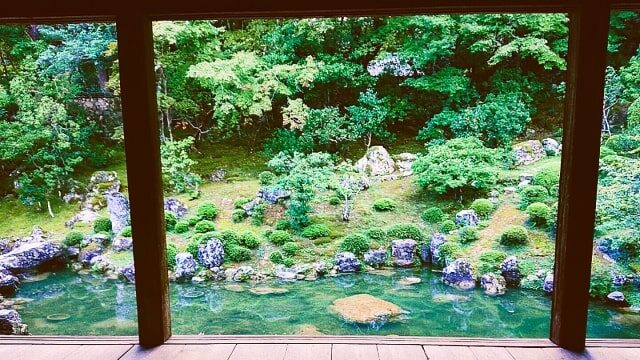
【garden】The cool garden surrounding the reception hall is a scenic spot that is counted as one of the three great gardens of Kochi Prefecture.
It consists of a north garden and a west garden with different tastes, and is said to have been created by Muso Soseki, a high-ranking Zen monk in the Kamakura period.
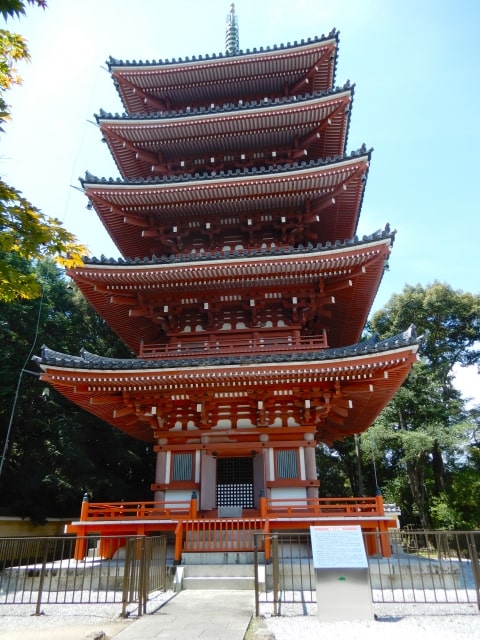
【five-storied pagoda】It was built in 1980. The height is 31.2m and it is made entirely of cypress wood.
It is the style of the early Kamakura period and is the only five-storied pagoda in the prefecture.
It’s about 8 km (about 15 minutes by car) to the next 32nd bill place, “Zenjibuji"!
